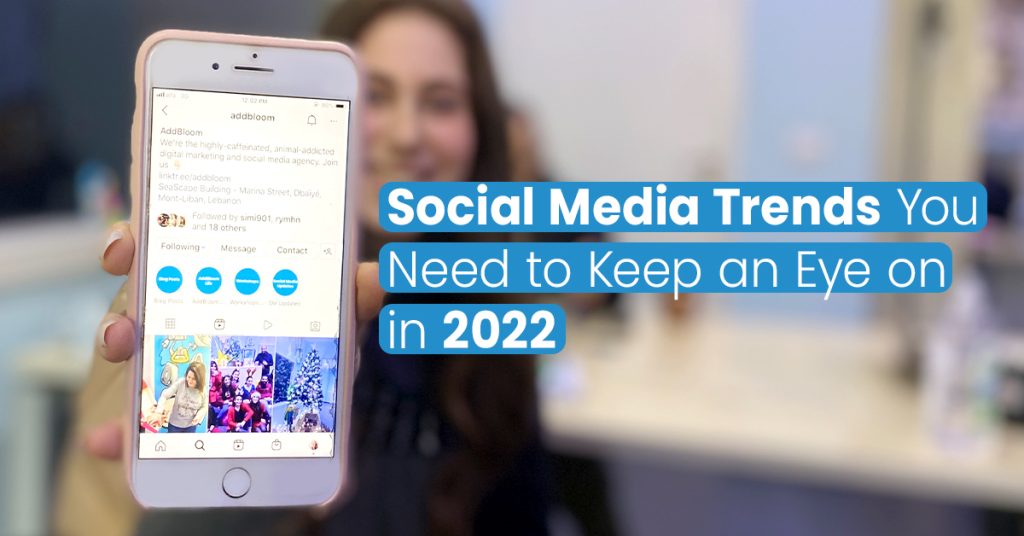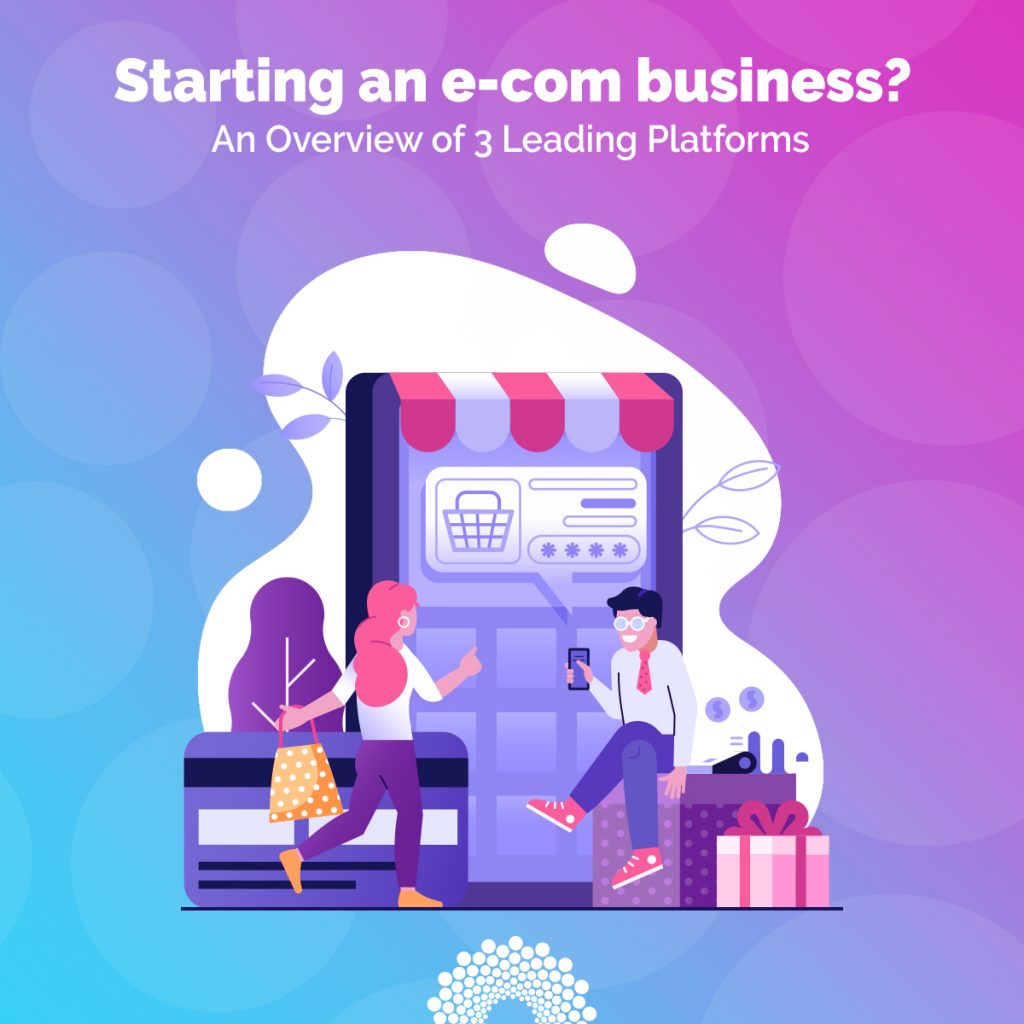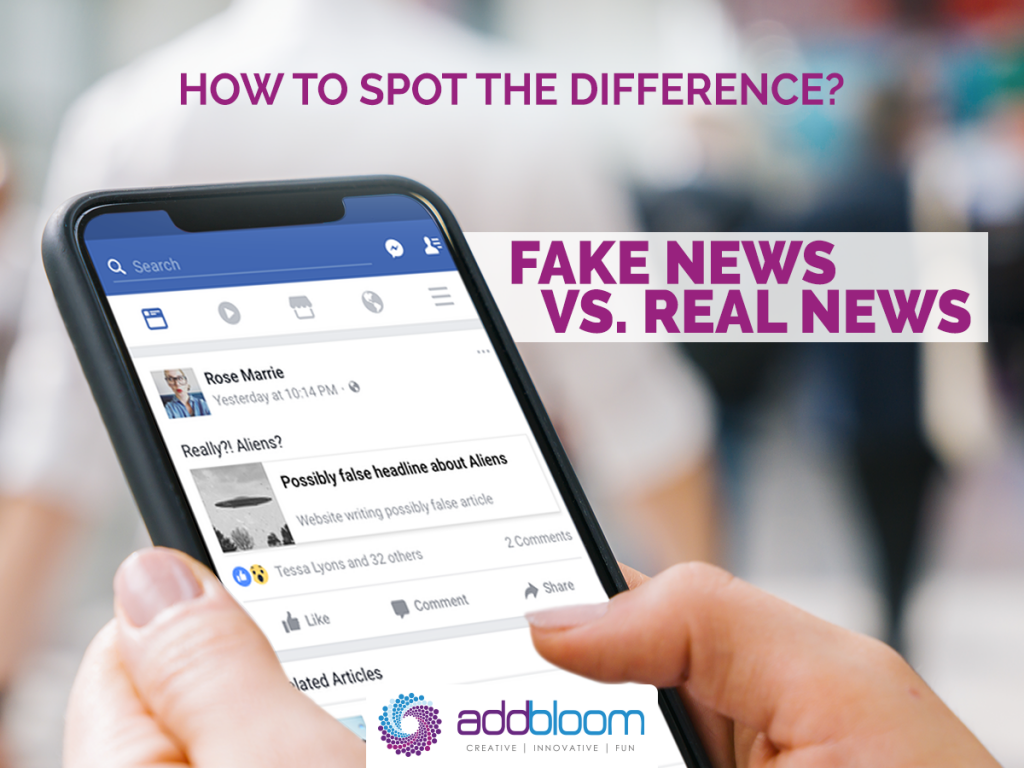Artificial intelligence (AI) is rapidly changing the way businesses operate and deliver services to their customers.In recent years, we have seen a surge in the use of AI and in the below blog we will discuss the different uses in different fields like services that are based on customer interactions and in digital and software development spaces.
First: Customer Service
In customer service, the dependence is now on automated conversation drivers: Chatbots! Chatbots are becoming a common feature on many websites and social media platforms. They use natural language processing (NLP) to understand and respond to customer inquiries, freeing up human customer service representatives to handle more complex tasks.
Second: The Digital Space
In addition to customer service, businesses are also using AI to improve their online presence. From image and content creation to a seamless user experience, AI is the driving force behind many digital innovations. These AI-powered tools can create unique and engaging content for social media and websites, saving businesses time and resources. For example, a fashion retailer might use an AI-powered tool to generate product descriptions and social media posts featuring their latest styles. This not only saves the retailer time, but also ensures that the content being shared is fresh and relevant to their audience.
Third: The Development Space
Another way businesses are using AI is through the development of innovative tools and softwares. These AI-powered solutions can automate tasks, improve decision-making, and even generate new ideas. For example, a marketing agency might use an AI-powered tool to analyze customer data and generate targeted ad campaigns. This not only saves the agency time, but also helps to increase the effectiveness of their marketing efforts.
The bottom line is, using AI in business has the potential to boost personalization, electrify creation, and deliver a faultless experience for customers:
-
Personalization:
By gathering data on customer preferences and behaviors, businesses can create personalized experiences that keep customers coming back for more.
-
Electrifying Creation:
AI-powered content and image generators can help businesses produce unique and engaging material, saving time and resources.
-
Faultless Experiences:
And by predicting customer needs and proactively addressing any potential issues, businesses can deliver a faultless experience that leads to higher levels of customer satisfaction and loyalty.
In conclusion, the integration of AI into business operations is driving the revolutionization of the digital landscape. From customer service to content creation and beyond, AI is delivering outstanding outcomes for businesses looking to improve their digital offerings and stay ahead of the competition.
Author: ChatGPT
Editor: AddBloom





















